Ghosts
I went to an abandoned school the other day to get swabbed for COVID-19. It’s really not as post-apocalyptic as it sounds. In fact, the whole thing was very organised. Aside from the red and white tape cordoning off the more dangerous areas of the school, beyond which you could see shutters and window panes falling in, the whole thing was very controlled, very supervised. The minute I arrived, someone scanned my ID and gestured to a yellow line of tape on the floor, two meters apart from the next, where I was to stand till my number was called. The whole thing took less than an hour.
The building’s been closed since 2017 due to falling birth rates in Singapore, the school absorbed into another. It’s a common occurrence. For example, my old Junior College is no longer. It has a different name now, the amalgamation of two schools. When this happens, a heritage space is set aside in the newly formed school, documenting on glass and acrylic standees the recorded history of both schools. It’s a bit awkward, but there just aren’t enough babies being born, not enough students coming of age and enrolling.
It’s not just schools that merge. Other things here do, too. Hospitals, companies, roads, buildings. When they merge, they leave behind ghosts. For example, Changi Hospital merged with Toa Payoh Hospital back in 1997, and the new entity, Changi General Hospital, set up shop in a completely different building, in a different district. The original Changi Hospital is now known as the Old Changi Hospital, and sits, peeling, on top of a hill. It’s been cordoned off for over a decade, but the threat of arrest isn’t enough to stop people from sneaking in, on dares, for adventures. Ghost-hunting.
Singapore is full of ghosts. It’s very off-brand for a country that prides itself on being as shiny and modern as ours. When my American friend came to visit a few years ago, she exclaimed that landing in Singapore was like stepping into the world of James Cameron’s Avatar. I can see where she’s coming from. Whenever friends visit, I see my city through their eyes — the misty glass domes where fauna from all over the world is housed in climates created just for them, the tunnels of air-conditioned malls that shield us from Singapore’s aggressive humidity, the award-winning Marina Bay Sands, which features a giant ship-like structure aboard three hotel towers, like Noah’s apocalyptic ark of old, except this one is shiny and houses a casino. A city so forward-looking that nostalgia has become product, packaged and aged, where backstory raises the price. Along certain streets, you can buy a 2B wooden pencil, or a set of erasers with country flags printed on them as part of a childhood kit for six, seven dollars. They used to be ten cents a piece from the school bookstores, we used to run stapler bullets in them and compete to see who could keep them spinning on tables the longest, like a makeshift beyblade. I asked the shopkeeper once if people actually paid so much for them today. He shrugged.
Happy buyer, happy seller.
The landmarks of my childhood have evaporated, my alma mater too. I don’t really mind. The legacy schools will never dissolve of course, but places like where I’m from don’t have that kind of historical protection. It doesn’t quite matter to the overall brand if they go. I felt a pang when my school disappeared, but that was all. I know some people who were seriously upset; they had good times there. I did too. For a place that we spent most of our waking hours in to have disappeared, almost overnight, was strange. It felt as if something had been dislodged, taken from us. In ten years, when we tell people we were from this Secondary school, that Junior college, they’ll scratch their heads and look politely confused. To have a history, a recognised history in Singapore — that’s a kind of currency, too.
But like I said, I don’t mind. To me, when something is tagged with a price, it’s quantified, it’s trapped. But to be unrecognized is its own kind of freedom. A freedom to invent, to deepen, to make new meanings in each revisitation, years after the fact. Because stories are free, they’re pliant, they’re not anchored to anything, they don’t cost anything. They are the ghosts that live within our bones. I’ll take them and multiply them, I’ll layer them onto this reality, I’ll give them away. I have had practice in this for a long time, this unmooring.
The nurse called my name, he held my head back. Don’t move, he said. It wasn’t my first swab, so I already knew the answer, but I asked anyway. I wanted to know what it’d feel like, I wanted to hear it from him. His surgical mask trembled, under it, he was saying something, untruths. When he advanced toward me with the swab, I flinched, my body moving away from him. He held the back of my head, he turned to his colleague, and said, we’ve got a runner here. Then to me, he said, believing his own words completely, don’t laugh.

